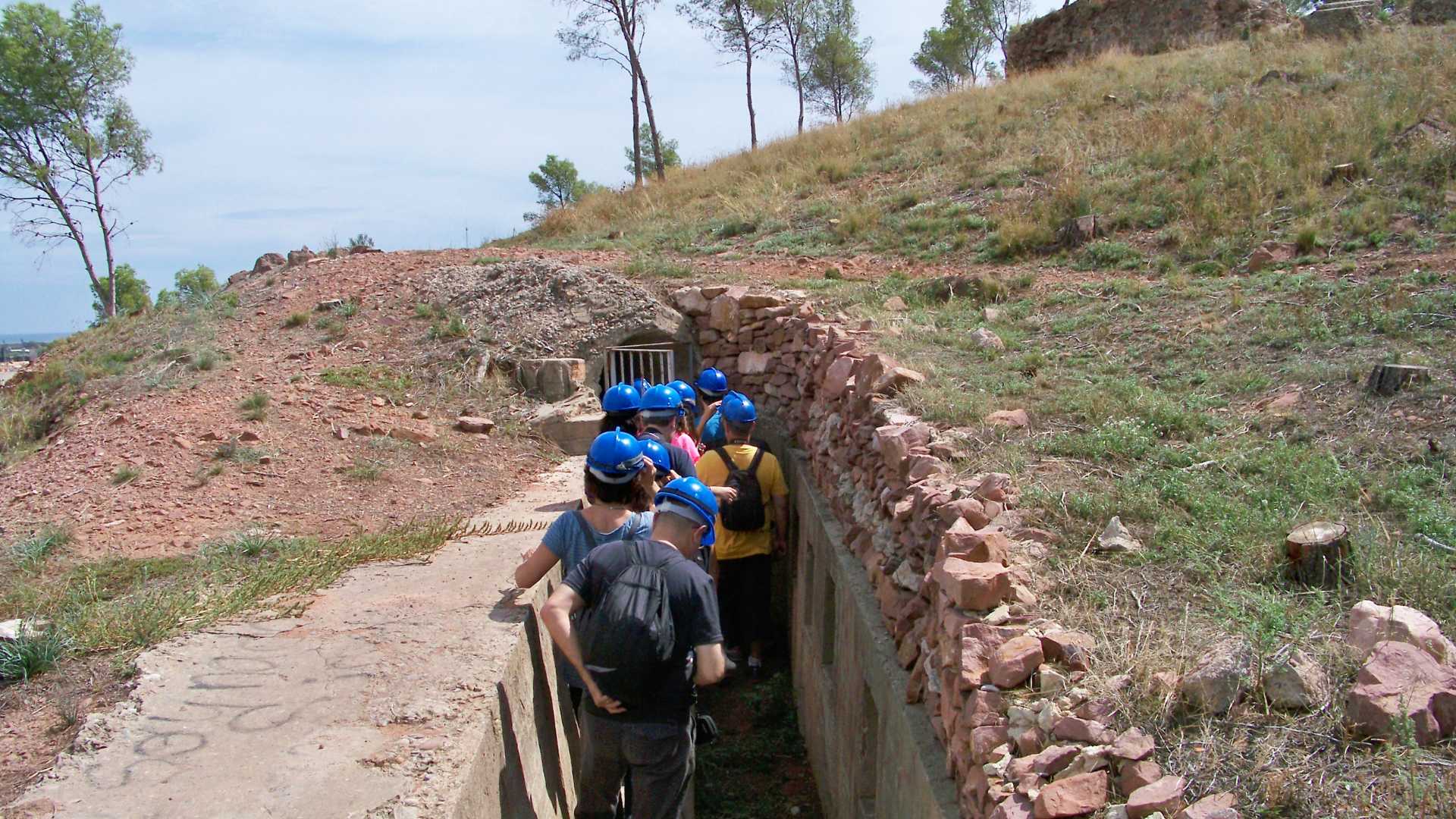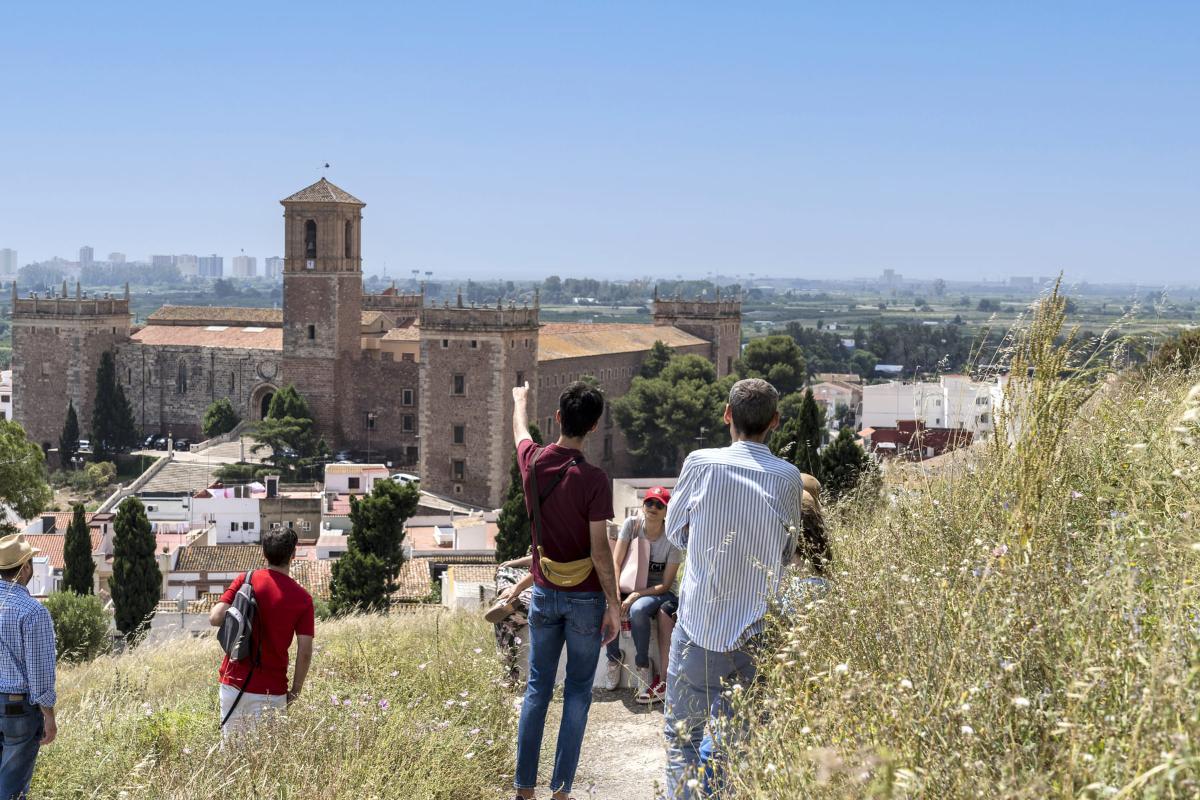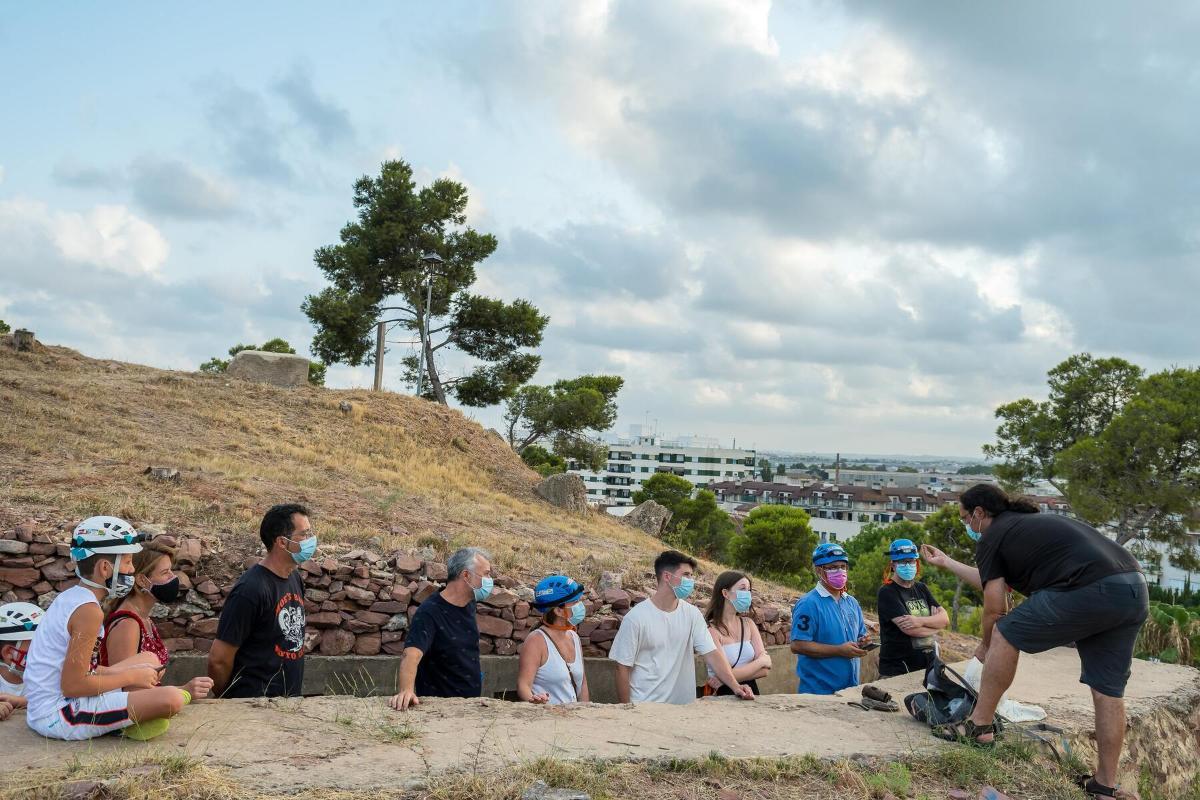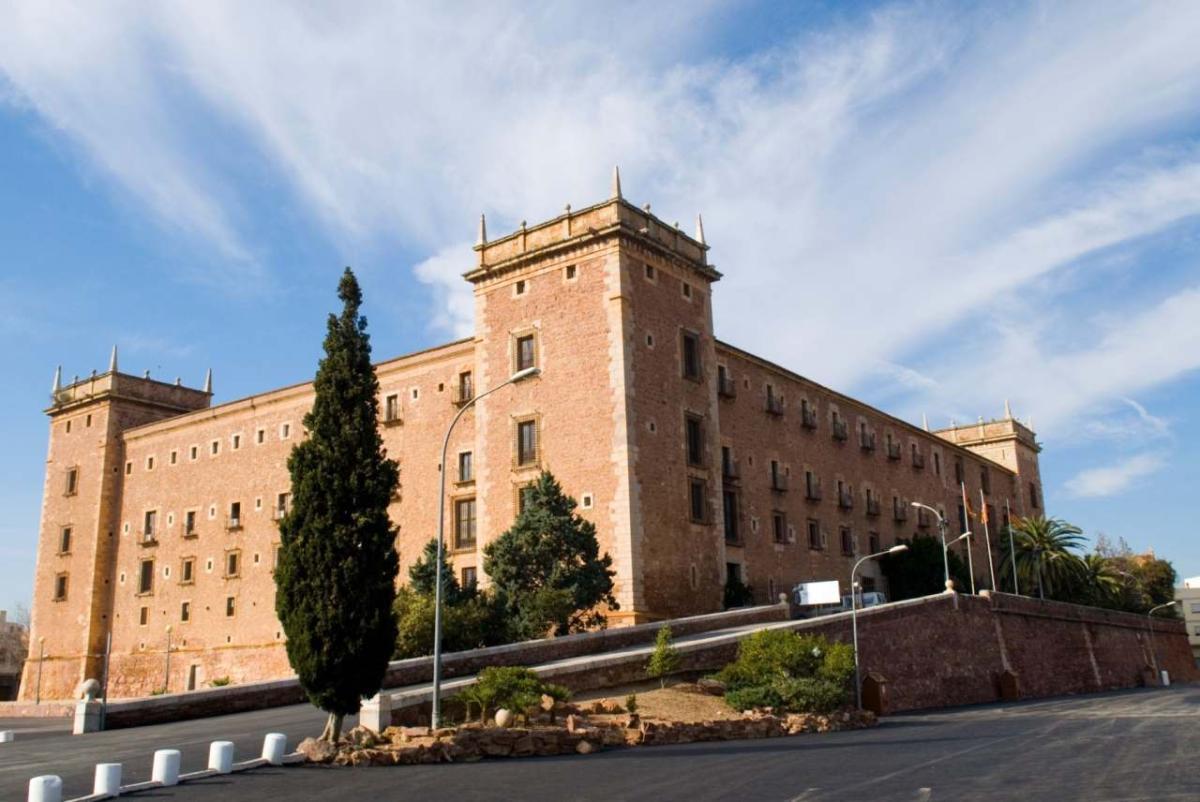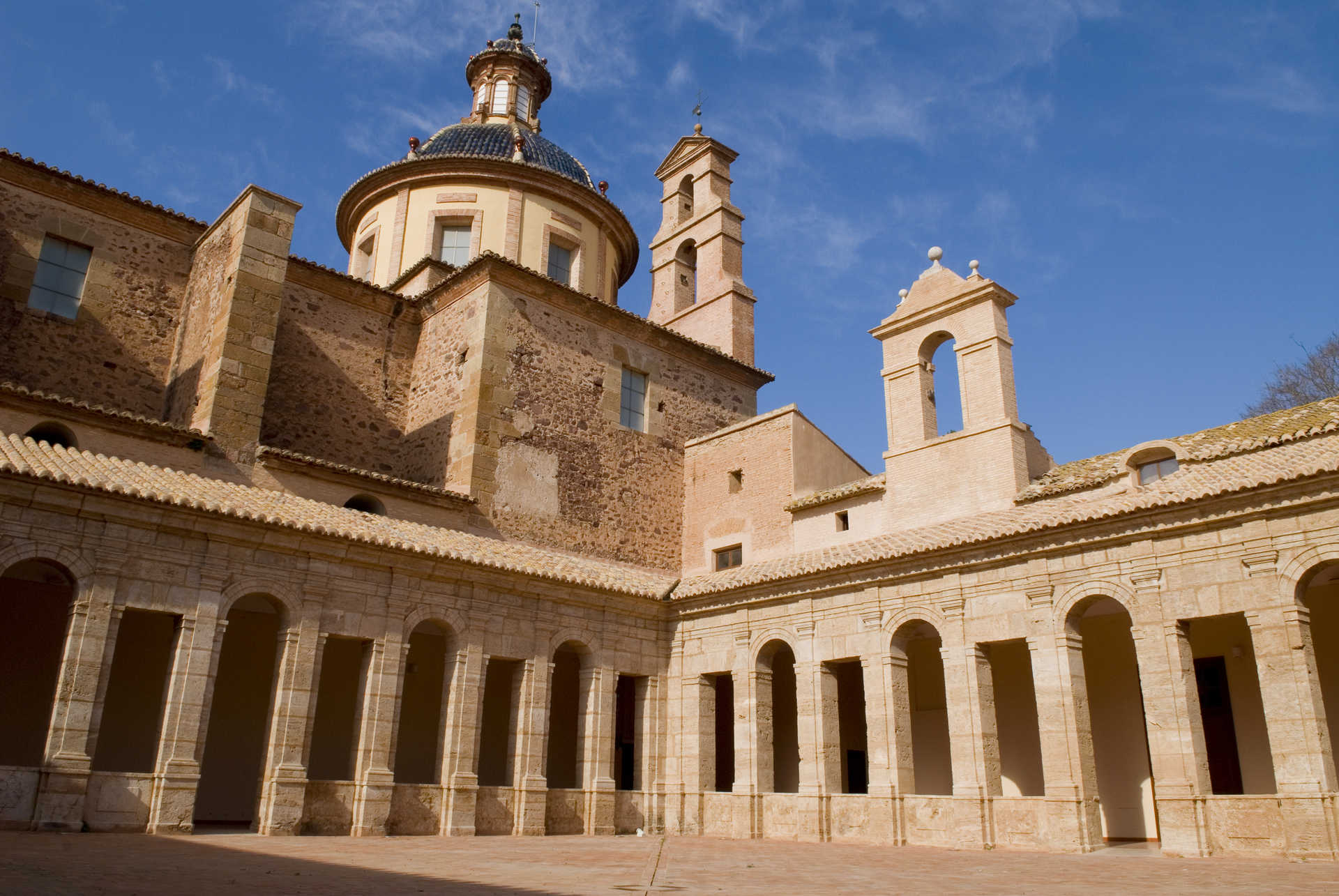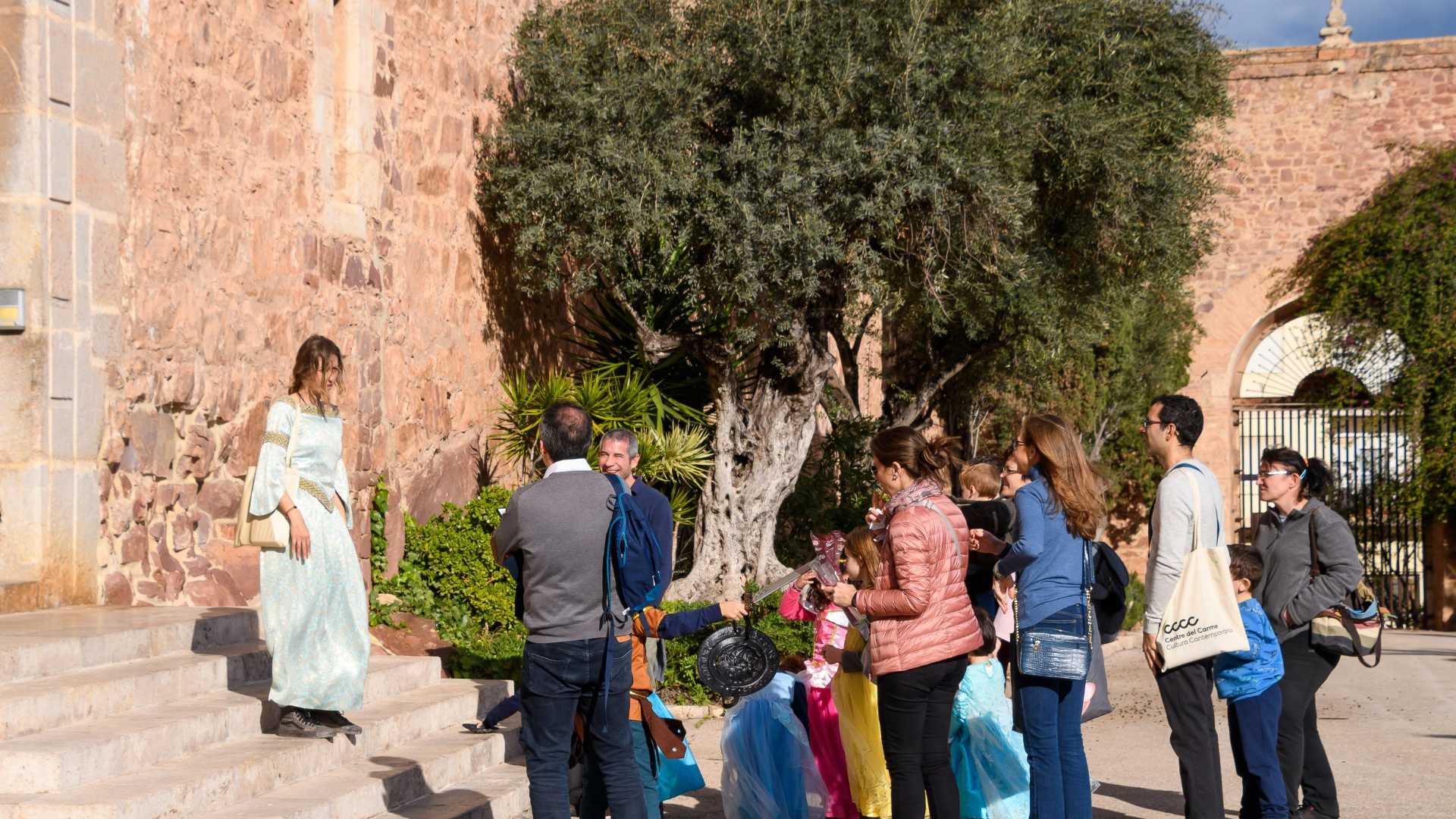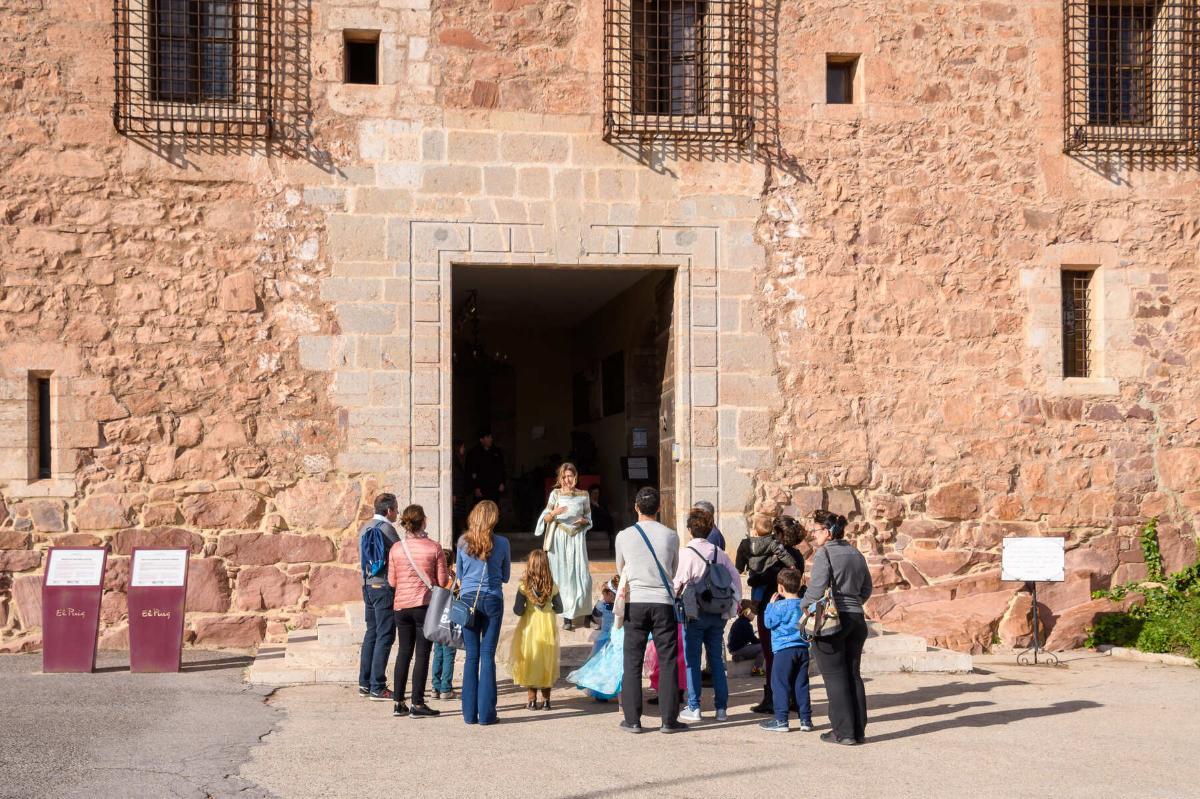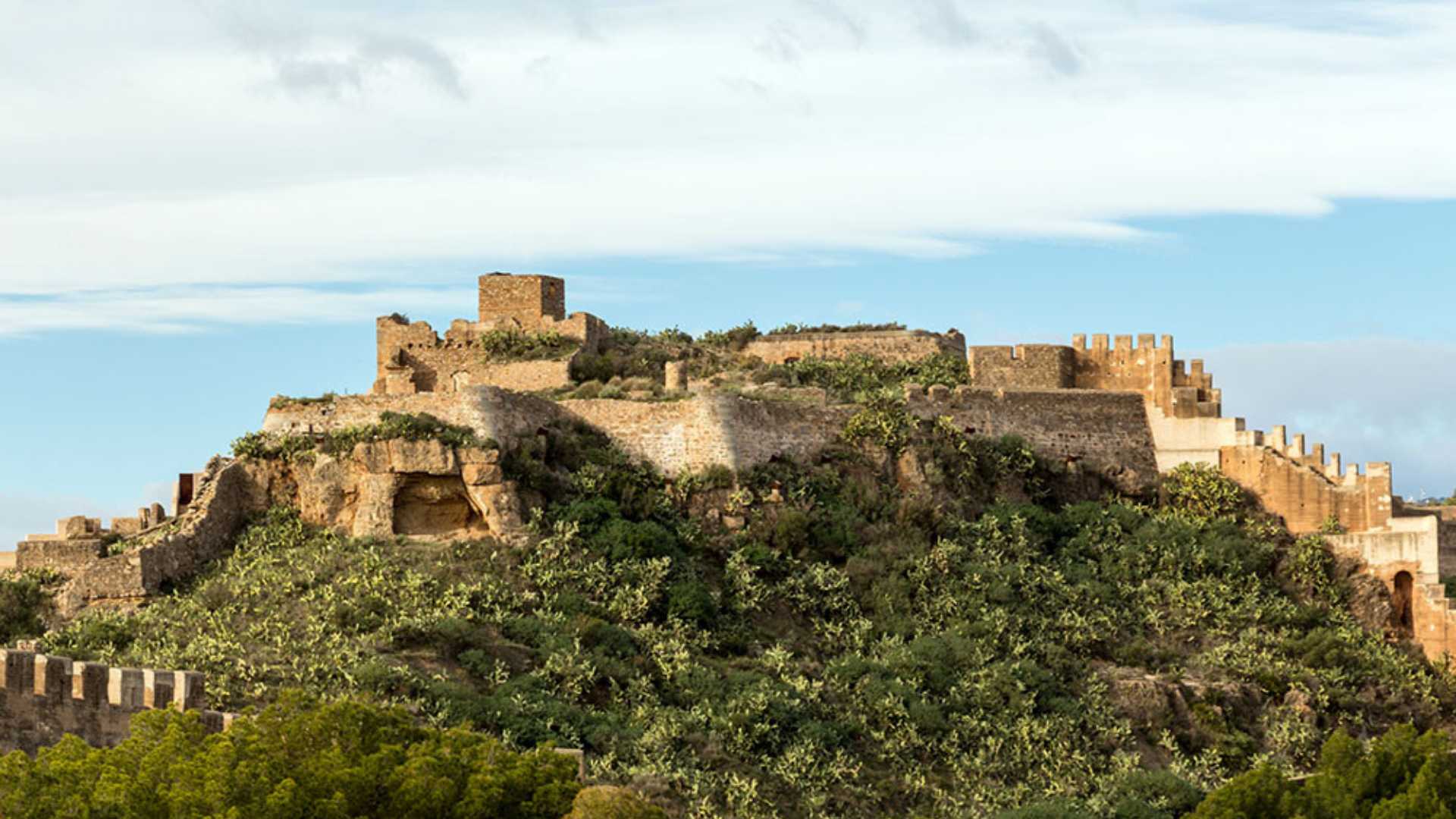Castillo de Enesa

Multimedia Gallery

Multimedia Gallery
- Cerro de El Puig
- El Puig de Santa Maria
- contact information
- 961 959 029
- elpuig@touristinfo.net
- Access the web
El Puig de Santa Maria is an important destination in the history of the Region of Valencia: it was the place where James I gathered his troops to wait for the perfect moment to seize València city from the Muslims. Enveloped in the local huerta stands a mound which is topped by Castillo de Enesa, a fortress whose position made it a strategic place to plot the conquest of València.
Curiously, Castillo de Enesa is known by no fewer than five different names, specifically Castillo de Jaime I, Castillo del Puig, Castillo de Yubayla and Castillo de Cebolla. The fortress conceals a long and fascinating past. Originally constructed by the Arabs, it was later seized by El Cid who rebuilt it in wood and stone and added a defence wall. A village grew around the castle, which is known today as El Puig de Santa Maria.
Over the years, the fortress belonged to a number of famous figures, including El Cid, James I and other Kings, before being destroyed. The castle’s legacy lives on, nevertheless, in the ruins and the images depicting what the tower, walls and other structures would have looked like. As part of its defence structure there was a moat, intended to keep out invaders and thieves. In 2002, the castle was listed as a Site of Cultural Interest.
Castillo de Enesa is fortress shaped by a landmark historic event. Definitely worth a visit.









